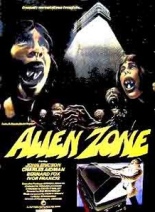
 As a native Oklahoman, I long have fought the stereotype of the Okie as dumb hick. Not helping my case is the title of 1978’s shot-in-the-Sooner-State horror anthology, Alien Zone, which has no aliens. It can’t even be mistaken for science fiction. What were they thinking? Nothing clearly, if the entirety of its running time is to be judged.
As a native Oklahoman, I long have fought the stereotype of the Okie as dumb hick. Not helping my case is the title of 1978’s shot-in-the-Sooner-State horror anthology, Alien Zone, which has no aliens. It can’t even be mistaken for science fiction. What were they thinking? Nothing clearly, if the entirety of its running time is to be judged.
Also known as Last Stop on 13th St., The House of the Dead, Five Faces of Terror and that DVD I already unloaded at Half Price Books, the low-budget film sees a cuckolding plumbing sales rep (John Ericson, Bad Day at Black Rock) being shown new “acquisitions” by an elderly mortician (Ivor Francis, The Night Strangler), who tells the tale of how each poor bastard ended up in a coffin.
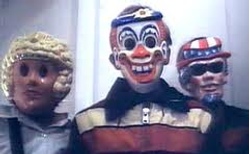 First, Miss Sibiler (Judith Novgrod, Nightwing), a whiny crabapple of a young teacher, is menaced in her home by someone or something. The sight of a Little Orphan Annie Halloween mask is the most unsettling thing in the movie. Second, Mr. Grosky (Burr DeBenning, The Incredible Melting Man) films the murders of three lady friends visiting his apartment. In his defense, they are pretty stupid.
First, Miss Sibiler (Judith Novgrod, Nightwing), a whiny crabapple of a young teacher, is menaced in her home by someone or something. The sight of a Little Orphan Annie Halloween mask is the most unsettling thing in the movie. Second, Mr. Grosky (Burr DeBenning, The Incredible Melting Man) films the murders of three lady friends visiting his apartment. In his defense, they are pretty stupid.
Third, and painfully long, is a duel of wits between a celebrated American criminologist (Charles Aidman, 1973’s The Picture of Dorian Gray) and his British counterpart (Bernard Fox, 1999’s The Mummy). If you like conversations between people who love to hear themselves talk, you’ll be riveted. Fourth, a businessman (Richard Gates, Candy Stripe Nurses) — who’s so mean that he won’t accompany his co-workers to that new lunch place with 23 kinds of hamburgers — falls down an elevator shaft and struggles to get out.
You’ll know how he feels. With the exception the dueling-detective segment, no story ends with a twist. Including the dueling-detective segment, no story exhibits even a modicum of momentum. Its incompetency is such that viewers are unable to glean enjoyment of its awfulness. They’ll simply Zone out. —Rod Lott


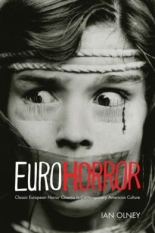
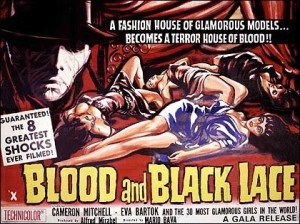
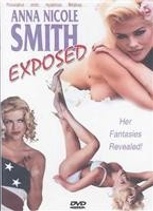
 Following her
Following her 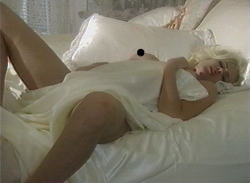 Clearly,
Clearly, 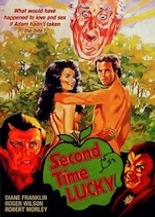
 Director Michael Anderson’s career had come a long way since he was nominated for a Best Director Oscar for 1956’s
Director Michael Anderson’s career had come a long way since he was nominated for a Best Director Oscar for 1956’s 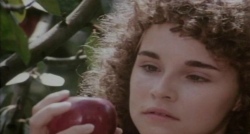 Ultimately, it is this young woman (Diane Franklin) who ends up giving the movie its only reason to exist. Indifferently directed by Anderson on an Australian sex-comedy budget, Second Time Lucky is less a cohesive narrative than a good excuse to see a very attractive lady-person in some state of undress every 10 minutes.
Ultimately, it is this young woman (Diane Franklin) who ends up giving the movie its only reason to exist. Indifferently directed by Anderson on an Australian sex-comedy budget, Second Time Lucky is less a cohesive narrative than a good excuse to see a very attractive lady-person in some state of undress every 10 minutes. 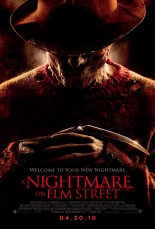
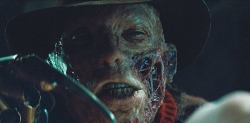 Therefore, an attempt to actually make Freddy scary again is a welcome thing. And anchored by a strong performance by the always-great Jackie Earle Haley (
Therefore, an attempt to actually make Freddy scary again is a welcome thing. And anchored by a strong performance by the always-great Jackie Earle Haley (